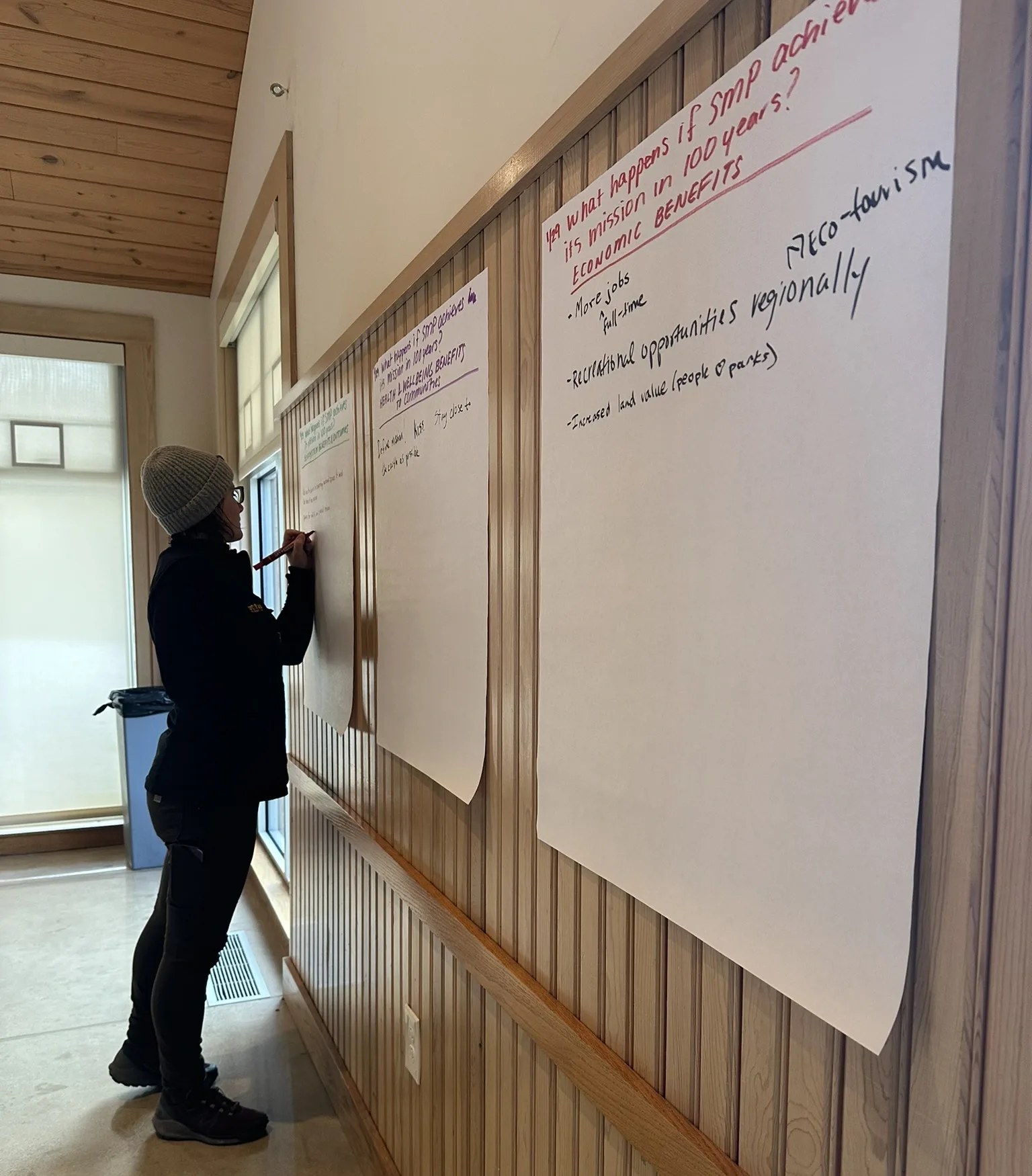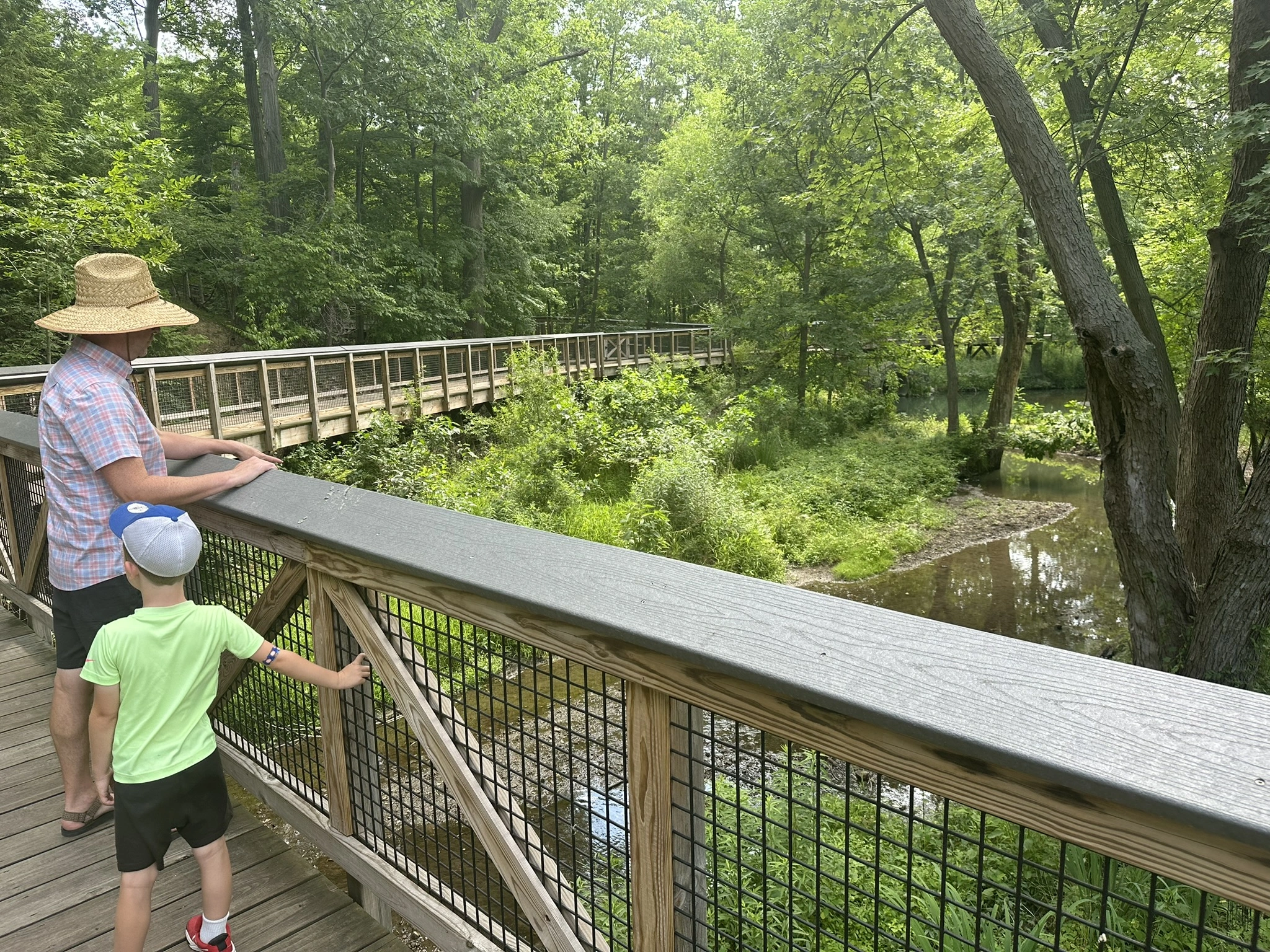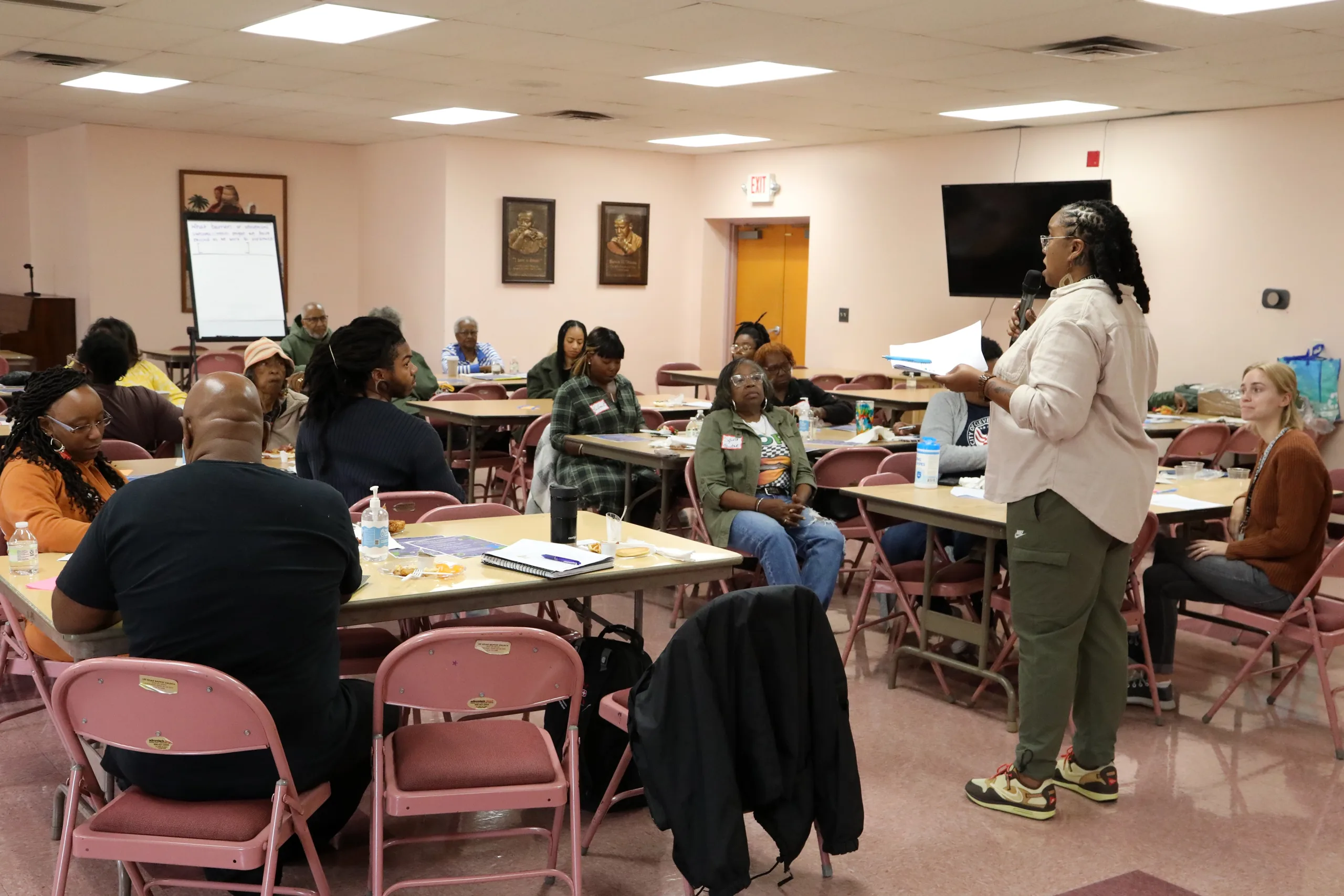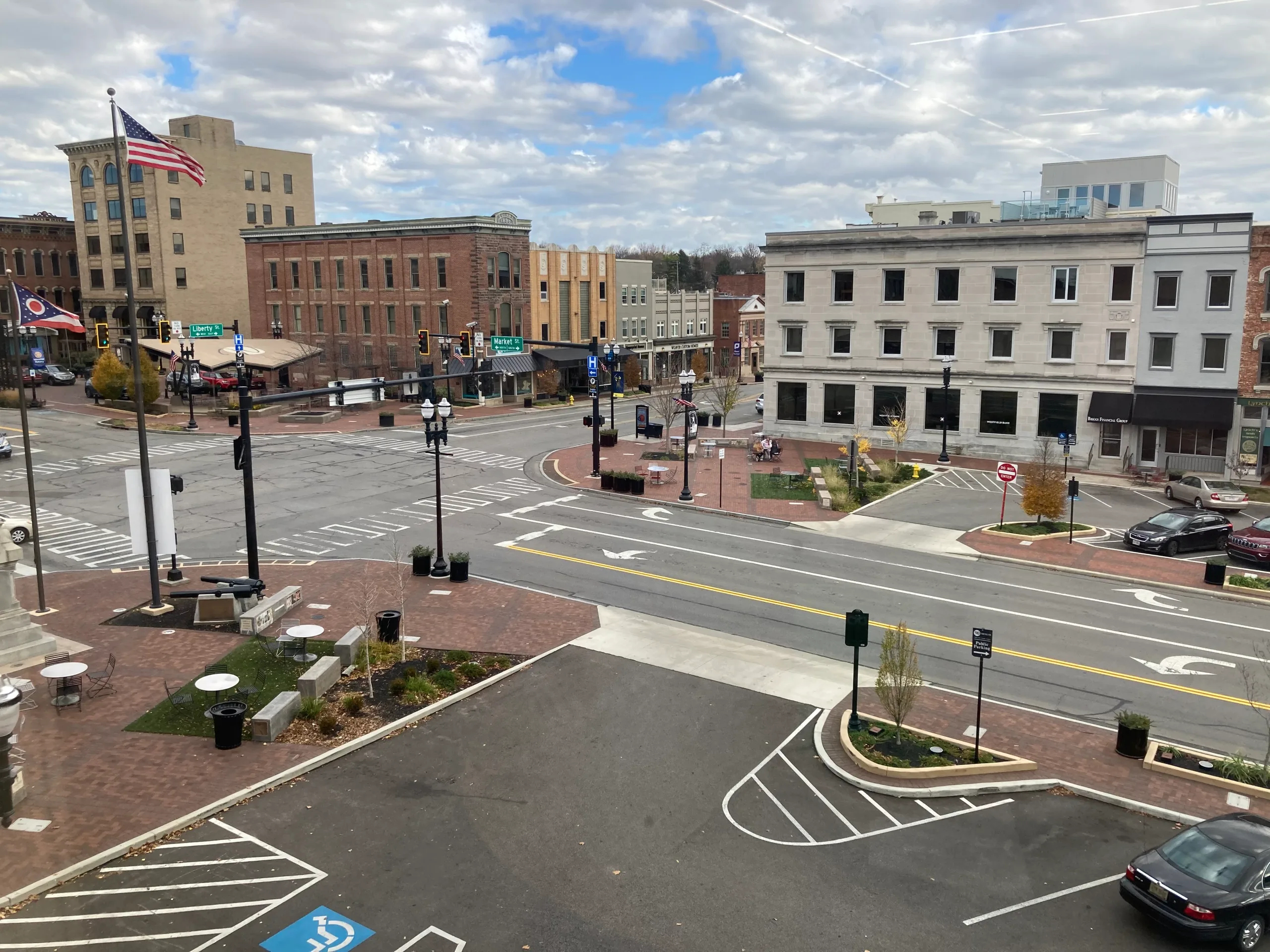
By Elizabeth Schuster, Environmental Economist
INTRODUCTION
Are you a leader of a nonprofit or government agency that wants to launch a community engagement plan? If so, it makes sense that you want to engage as many people as possible. But this is a clear case where more is not always better.
Over my career, I’ve facilitated over a hundred community meetings and focus groups. I’ve experimented with the following: total number of participants per session, location, format, and structure of the sessions.
All else equal, there is a clear pattern: The more people, the quality of engagement tends to decrease. This means that pushing for more and more people in your engagement isn’t always better.
Yet the opposite extreme can be problematic too. Only engaging a smaller number of people can mean there are barriers to access for a wider diversity of people.
This blog covers:
- What are some of the tradeoffs between quality and quantity that you can expect in common community engagement strategies
- What are examples of groupings – that is, different combinations of community engagement strategies that may work well together
COMMON COMMUNITY ENGAGEMENT STRATEGIES: KEY TRADEOFFS
Below are descriptions of common community engagement strategies. I’ve highlighted key tradeoffs between quality engagement and higher volume activities:
Interviews: These are typically one-on-one so very high-quality engagement; but low volume (since you literally only engage with one individual at a time).
Focus groups, round tables, and listening sessions: Traditionally, we were taught that 8-12 is the max you can have at a focus group. And for sensitive topics – like conversations on racism – we may even go smaller. That said, I’ve had larger groups as many as 25 be still be fairly successful. However, my experience has been over 30 people leads to a significant decline in the quality of feedback.
Workshops/forum: These events can be fun and engaging. From my personal experience in this space, I find that under 100 participants helps with stronger community building and belonging. Having over 100 participants is possible, but community building will look different and be less intimate.
Surveys and polls: These are a great way to reach many, many people – there is no max. They can be a good tool for ensuring a majority of community members have a chance to engage. However, interviews or focus groups you are likely to be better options if you want to build relationships and collect more in-depth information.
Public events: Public events are an excellent way to see many people at once. Perhaps you host a festival, a trash pick-up, or set up a booth at a public event. These can help you reach volumes of people in one day, but they aren’t designed around listening as their primary objective.
Creative and nontraditional engagement activities: There are many options for creative activities that involve games, art activities, outdoor popup events, photo contests, etc. These activities can be an excellent way to engage larger volumes of people. They are highly effective methods for building community and for education. That said, these activities usually prioritize building community, with active listening as a secondary objective. It’s hard to collect qualitative data and stories in a structured, systemic way at these types of events since that isn’t their primary objective.
Education activities and technical assistance: Education and assistance are great mechanisms for building relationships. Plus, they also provide value to communities. Keep in mind that for these activities to build relationships, they must be based upon reciprocity and collaboration.
Two clear take-homes emerge:
One: Get clear on your objectives for your community engagement, which might include:
- Building community
- Running a campaign or communicating a key message
- Education, and/or
- Collecting high quality feedback and stories, built on connection and active listening.
Two: Be thoughtful in your portfolio of strategies to have the right mix of engagement activities that will encourage both quality of engagement and larger volume activities that might be less depth of connection, but also can build community. More on portfolios of strategies in the next section!
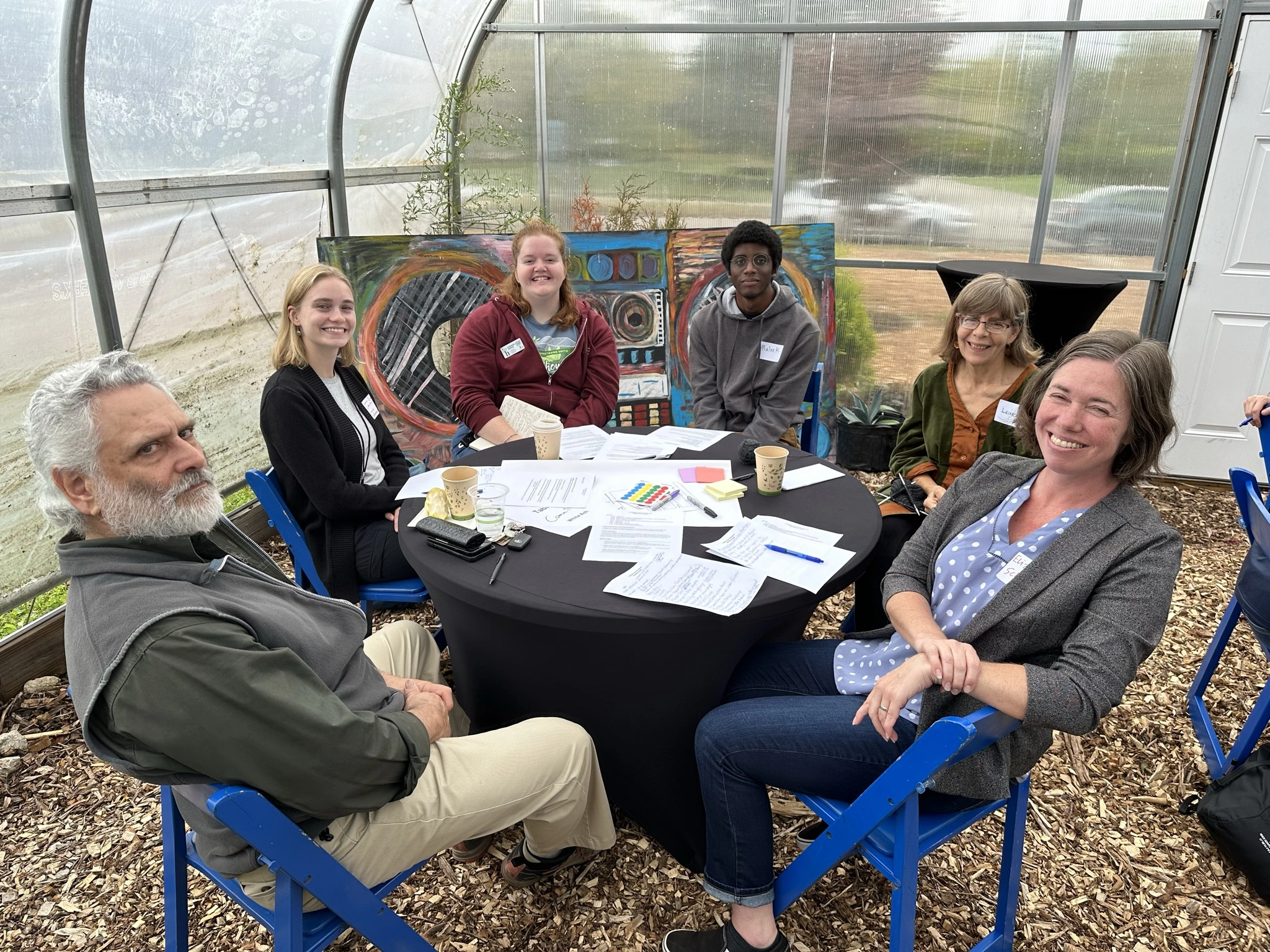
Photo: Sometimes a workshop in a novel location - like a greenhouse! - can be a great way to engage communities.
TRY MIXING IT UP: COMBINATIONS OF ENGAGEMENT STRATEGIES
Before I share a handful of examples of strategies groupings to merge quality and volume, let’s step back.
What does “quality of engagement” mean? What I am referring to is something beyond just chance encounters and casual conversations that happen when you bump into community members at public events. It’s beyond the transactional approach of only reaching out to community members if you need volunteers. It’s beyond traditional outreach that is heavy on “experts” presenting to communities, but not having a two-way dialogue with those community members.
Quality engagement is engagement that:
-
Creates spaces where your team is actively listening to community members
-
Values lived experiences
-
Builds trust with community members
-
Encourages honest, open-minded communication
-
Goes a little deeper to learn the context around the feedback
I mentioned earlier that all else equal, the more people, the quality of engagement tends to decrease. I have seen this in several instances, where the largest focus group in a series resulted in the lowest number of comments.
Perhaps one top reason is that people feel less comfortable to share personal stories in front of a large group of people they do not know. I think this may be combined with the fact that everyone is thinking, “Someone else will contribute, so I don’t need to.” I’ve covered the topic of quality of engagement before in this blog – 10 tips to ensure data quality AND human connection.
Next, here are a few examples of strategy groupings for quality and volume that I promised earlier.
Mix it up with a public event, focus groups and a workshop:
- Have a table at a fair or festival. Take advantage of the crowds to promote your upcoming focus groups. Collect email addresses and encourage new folks to follow your social media accounts.
- Later, host 6 focus groups with a maximum of 12 participants per focus group.
- Finally, host a goal setting workshop for staff, partner organizations, and community members to work together towards shared goals around a specific issue,
Start narrow and go broad later:
- Start with a series of 20 one-on-one interviews.
- Move into a series of round tables, with up to 25 or 30 per group. Take advantage of breakout groups – then you still get that small group feel and higher engagement in the breakout groups.
- At the end, do a survey to gauge perceptions before you launch your new plan/program/policy/initiative.
Do a mix of large group engagement and smaller sessions:
- Start with a community forum. Have anywhere from 100-150 participants.
- From that forum, have a smaller group of participants volunteer to sign up to be on an Advisory Committee.
- After that, schedule a series of “affinity groups” – focus groups where you invite only members of a shared community. You may be able to go over 12 per session if the group is fairly homogenous.
- Host a public meeting or town hall at the end of the process, where anyone can attend. Heavily promote on your social media channels and through your email newsletter.
These are simple examples to get folks thinking about different ways to mix and match the different types of engagement.
CONCLUSION
To recap, start by getting clear on what your objectives are for your community engagement. Next, be thoughtful in the design. I see a lot of organizations choosing only one type of engagement strategy and you’ll be much better off if you have a balanced mix of different strategies.
And don’t forget – you don’t have to engage everyone right now. You can have a phased approach, where you have more in-depth engagement with some communities this year, and next year, you engage a different group of communities in more depth.

